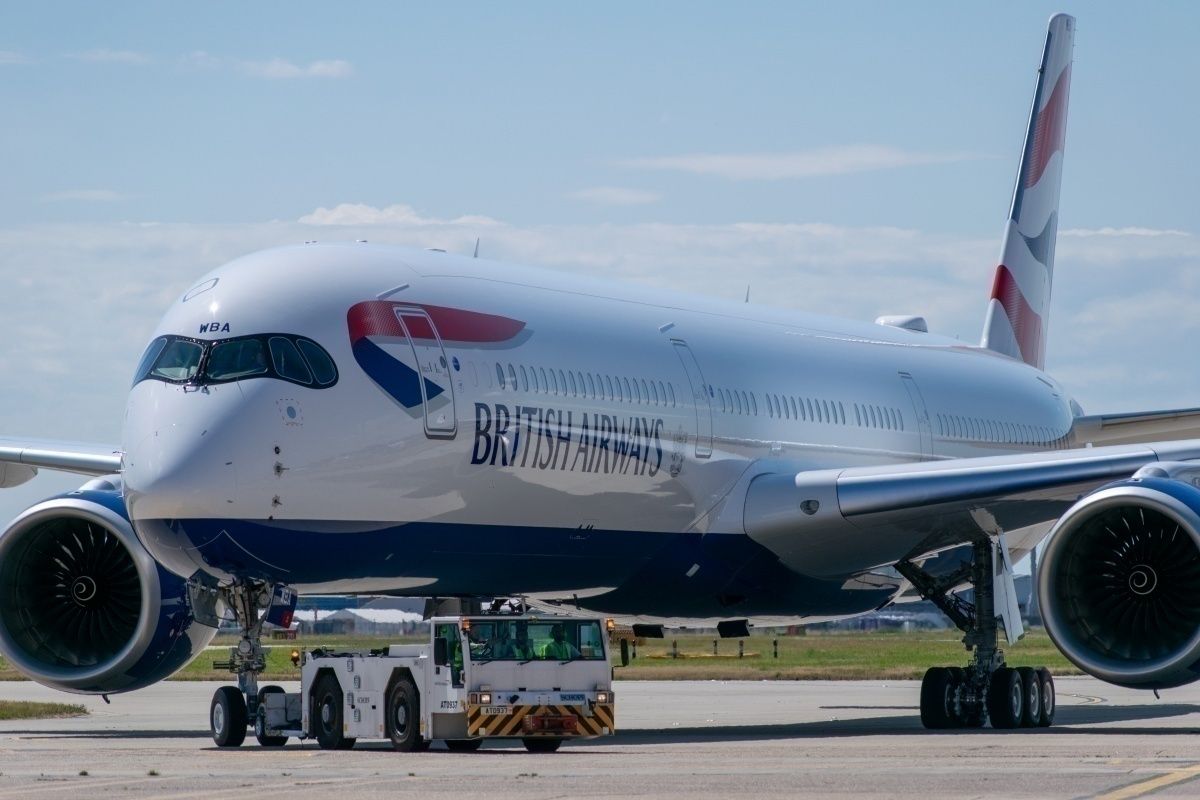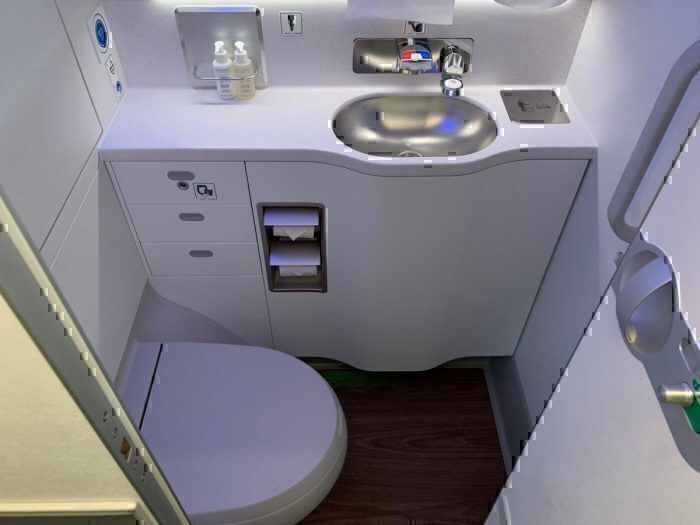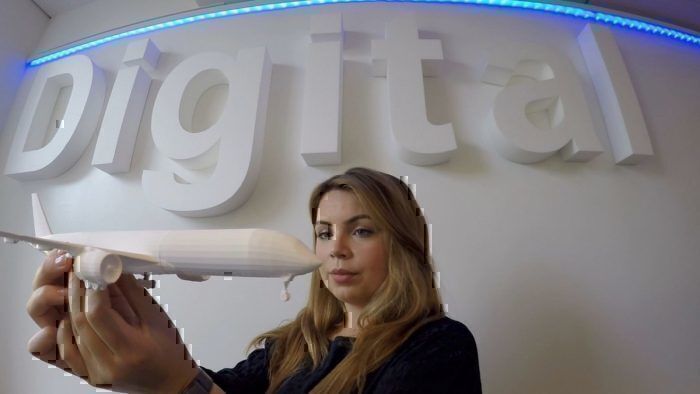British Airways is set to trial manufacturing non-essential aircraft parts using 3D printers. This would allow the carrier to turn grounded aircraft around quicker at a destination when something simple like a tray table has broken.
It is fair to say that, as a whole, the aviation industry is taking its impact on the environment incredibly seriously. This has seen some fairly unimpressive ideas being put forward alongside some interesting ideas. British Airways' latest idea definitely comes under the latter, as the airline is looking into the feasibility of printing some aircraft parts at remote locations as opposed to flying parts out.
A gamechanger
Technology is ever-evolving, changing the very face of the aviation industry. As a result, we dealing with some game-changing technology, such as the introduction of biofuels. However, 3D printing is slowly creeping into the aviation sector. Earlier this year we reported that KLM was beginning to 3D print tools from recycled bottles.
British Airways is looking to 3D print aircraft parts in the future. This could see everything from cutlery, tray tables, and toilet seats being printed in a remote location. The airline even thinks the technology could be expanded to build baggage containers, aircraft windows, and cockpit switches.
The advantages
The advantages of such technology range from cost to cutting emissions. Let's look at time and cost. When a part such as a toilet needs to be replaced, the part needed to replace the toilet could be printed and assembled on site. The airline says that this means they don't need to wait for the part to be flown out to the aircraft.
This will save costs as the part doesn't need to be flown somewhere, and the aircraft will also be back up in the skies and making money quicker. British Airways also touts that while being of the same strength, 3D printed parts weigh 55% less. It says: "Every kilogram removed saves up to 25 tons of CO2 emissions during the lifespan of an aircraft."
The disadvantages
However, the new technology also likely has some drawbacks. Aircraft parts can be pretty pricy, from their safety aspect to a limited pool of manufacturers. Some aviation part manufacturers may not be keen on their parts being readily available to print on demand, potentially losing profits.
Additionally, the safety case for 3D printed parts must be watertight. Things like toilet seats and tray tables are not critical to the safety of flight. As such, these parts are much more likely to be 3D printed soon. More advanced flight-critical pieces, such as cockpit switches, are likely to undergo much more intense scrutiny.
What do you think about 3D printing aircraft parts? Let us know your thoughts in the comments!



